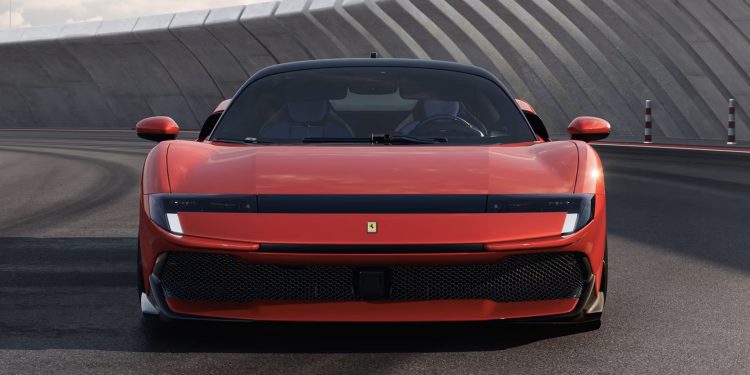Testarossa returns as the most potent Ferrari yet
Words NZ Autocar | Images Ferrari
Ferrari has reprised a boyhood poster favourite with the new 849 Testarossa. The ‘Redhead’ (literal meaning) replaces the SF90 Stradale and with 772kW (1035bhp) is Ferrari’s most powerful series-production model.
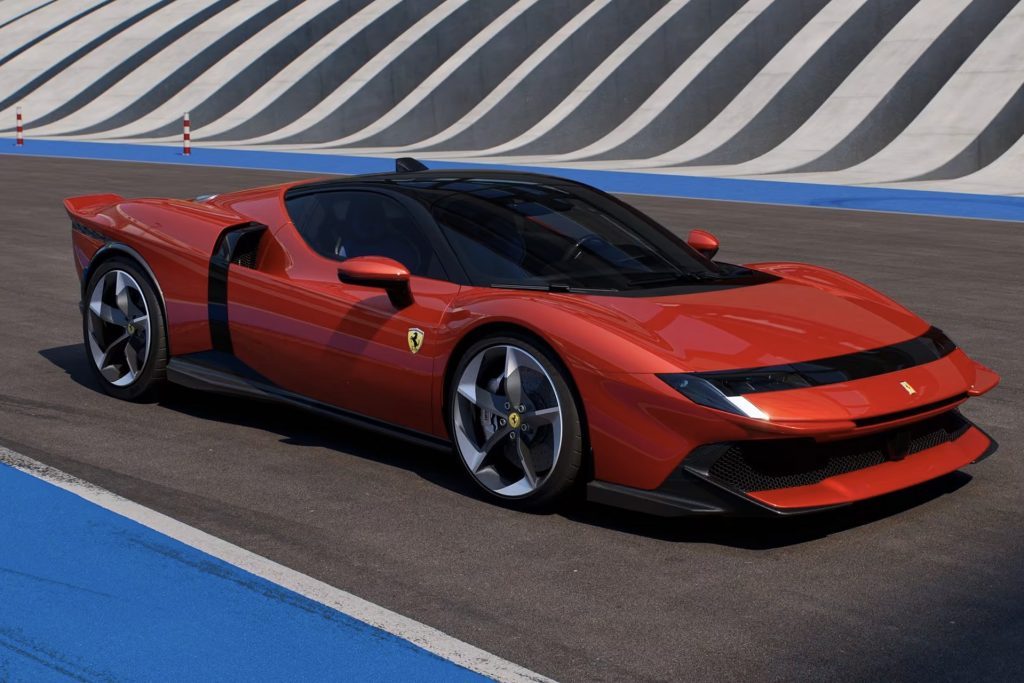
It is said to dart to 100km/h in 2.35sec en route to a top of at least 330km/h. Deliveries will begin outside of Europe around the middle of next year.
New aero and chassis electronics allow the 849 Testarossa to lap the Fiorano test track in 1min 17.5sec. That’s 1.2sec quicker than the SF90 Stradale and just 0.2sec shy of the rarer SF90 XX Stradale.
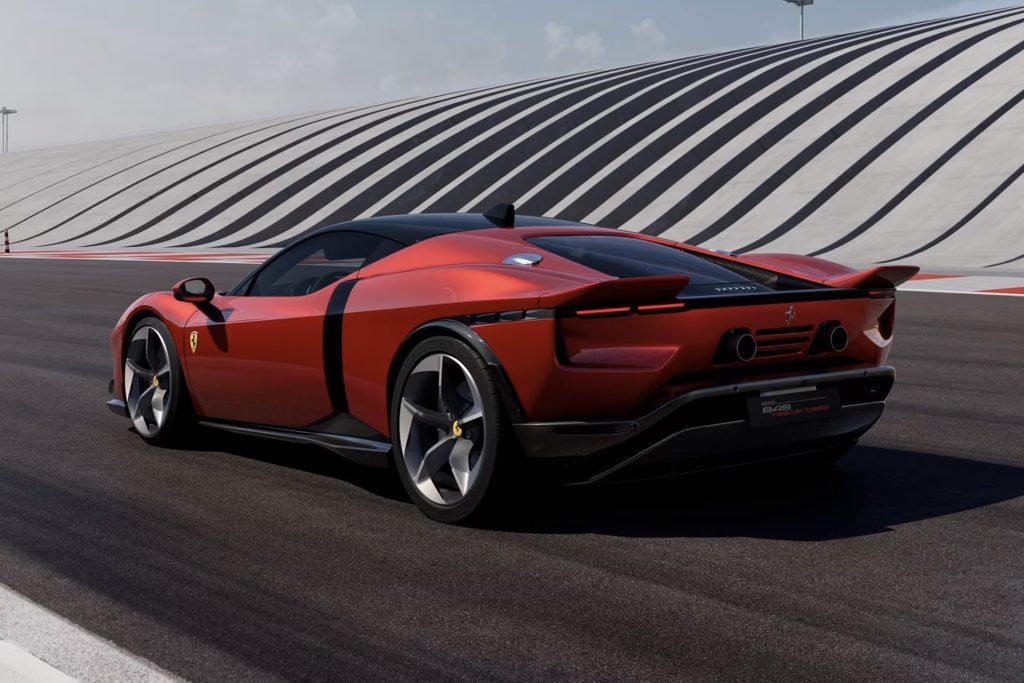
Helping with speed around the circuit was the Assetto Fiorano pack. It shaves 30kg off the car’s 1570kg dry weight, and adds track settings for the suspension, tyres and body. The Spider soft top version weighs 90kg more.
This mid-engined 849 Testarossa is a departure from its namesake. Its leading edge adopts the full-width graphic recently seen on the 12Cilindri, while the rear features two spoilers reminding of Ferrari’s sports prototype racers of the 1970s.
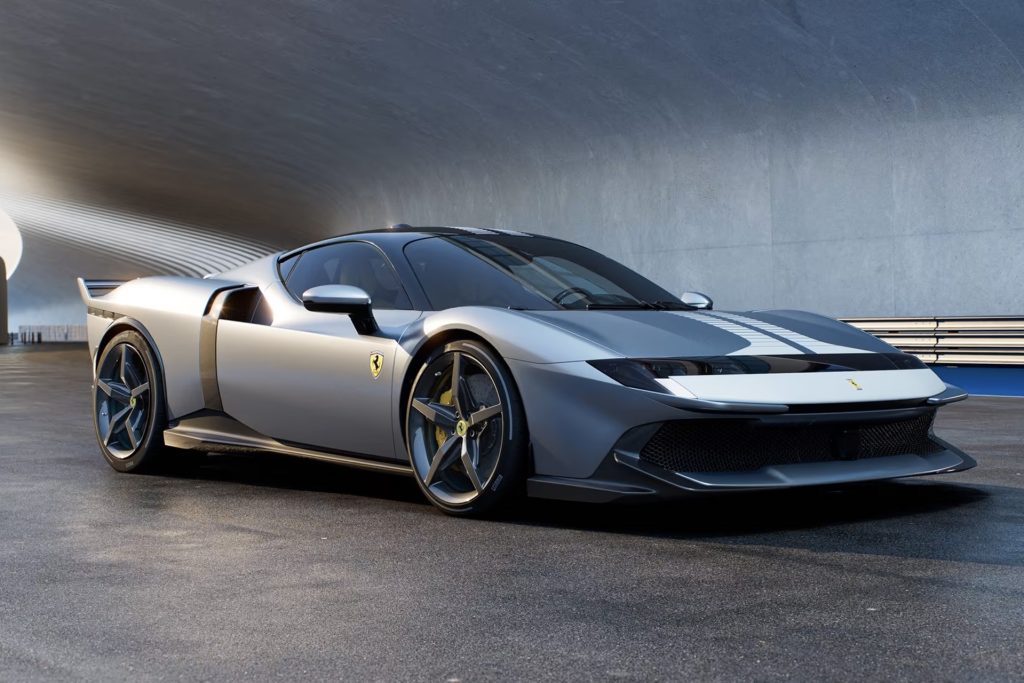
Chief designer Flavio Manzoni spoke at the reveal event in Milan of the car’s “strong geometric forms and sharp geometric cuts”. He added it takes no inspiration from the 512 Testarossa of 1991.
The new bodywork features dramatic side intake vents, which are integrated into the doors and feed intercoolers borrowed from the F80. Cooling was a challenge, he said, the front intakes also significantly enlarged and there are new oil coolers.
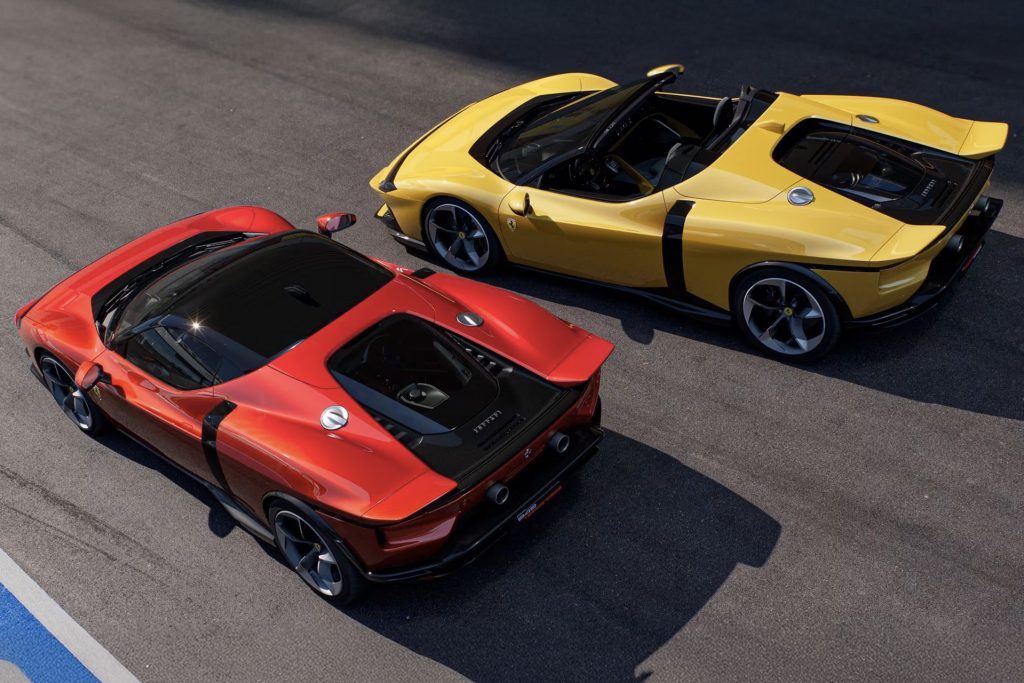
The 849 Testarossa is 8mm longer than the SF90 Stradale.There’s 25 per cent more downforce at 240km/h, much due to underbody design and a new diffuser.
Mechanically, the car owes plenty to the plug-in hybrid SF90 it supersedes. It uses the same driveline, with a 3990cc twin-turbocharged V8 operating alongside two electric motors on the front axle and another between the engine and the eight-speed dual-clutch gearbox. The extra 37kW derives mainly from larger turbochargers. A lighter crankshaft is another of the myriad mechanical changes, along with a 300rpm higher redline of 8300rpm.
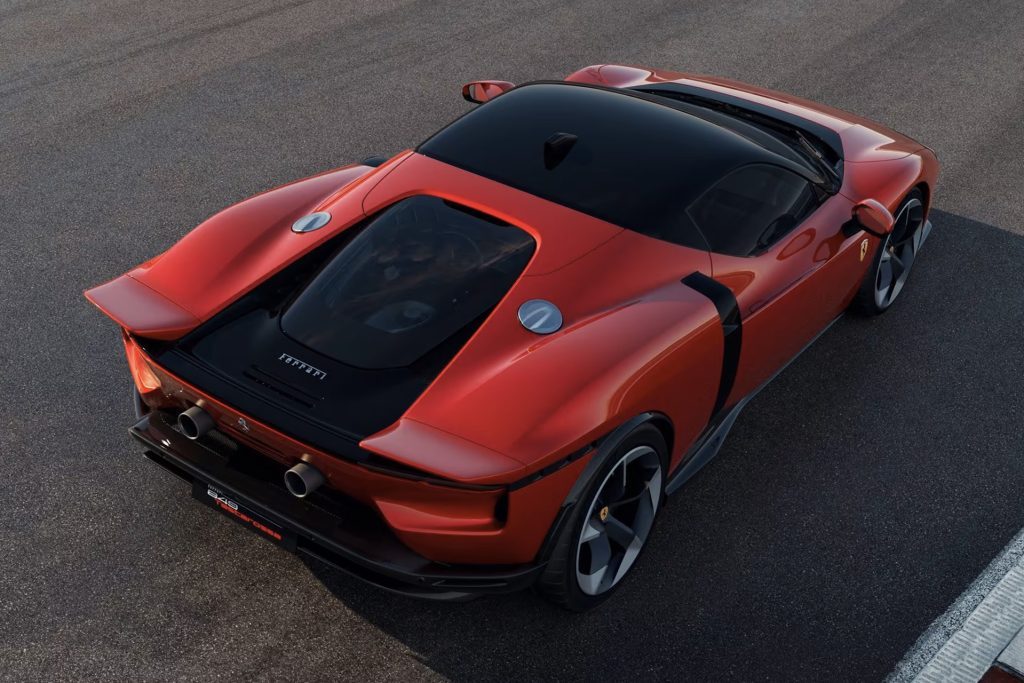
Alone this engine creates 610kW (818bhp)and 843Nm. The output of the electric motors is limited by the small 7.5kWh battery. This permits just under 30km of EV range.
Elsewhere, the brake package gets larger carbon-ceramic discs and redesigned Brembo calipers. The regenerative braking calibration changes for more feedback and consistency. Evidently it stops one metre sooner from 100km/h than its SF90 forebear.
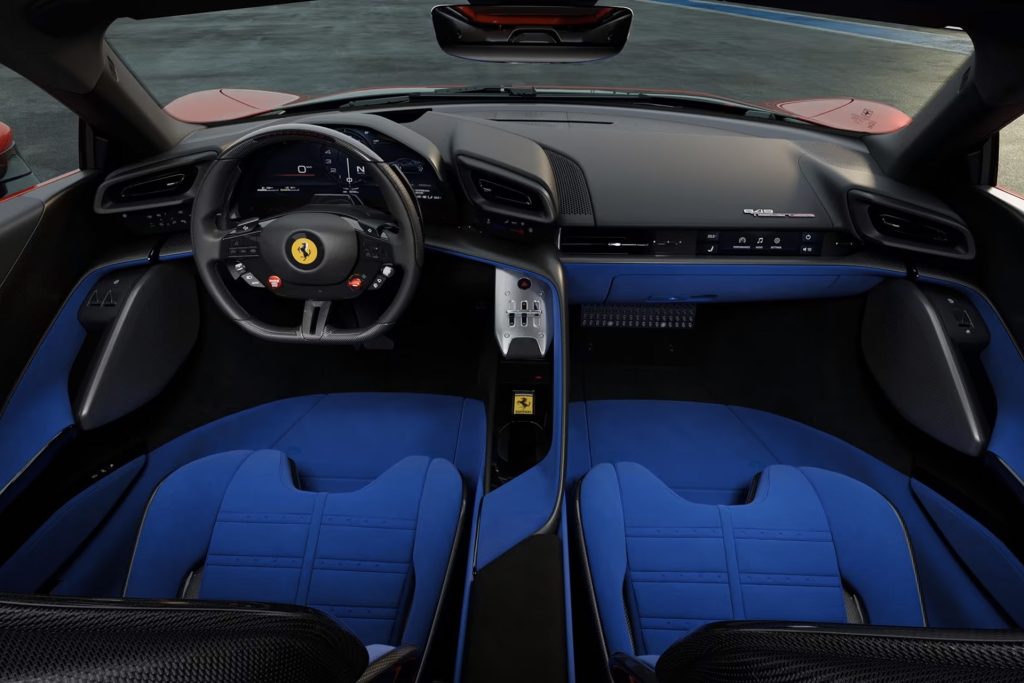
Other improvements include a faster gearbox action, and the inclusion of the Ferrari Integrated Vehicle Estimator. It can calculate vehicle yaw and using sensors can predict what will happen next, affecting the behaviour of the ABS, stability control, traction control and torque-vectoring functions. It can maximise speed and stability. The driver notes a reduction in steering inputs and quicker lap times.
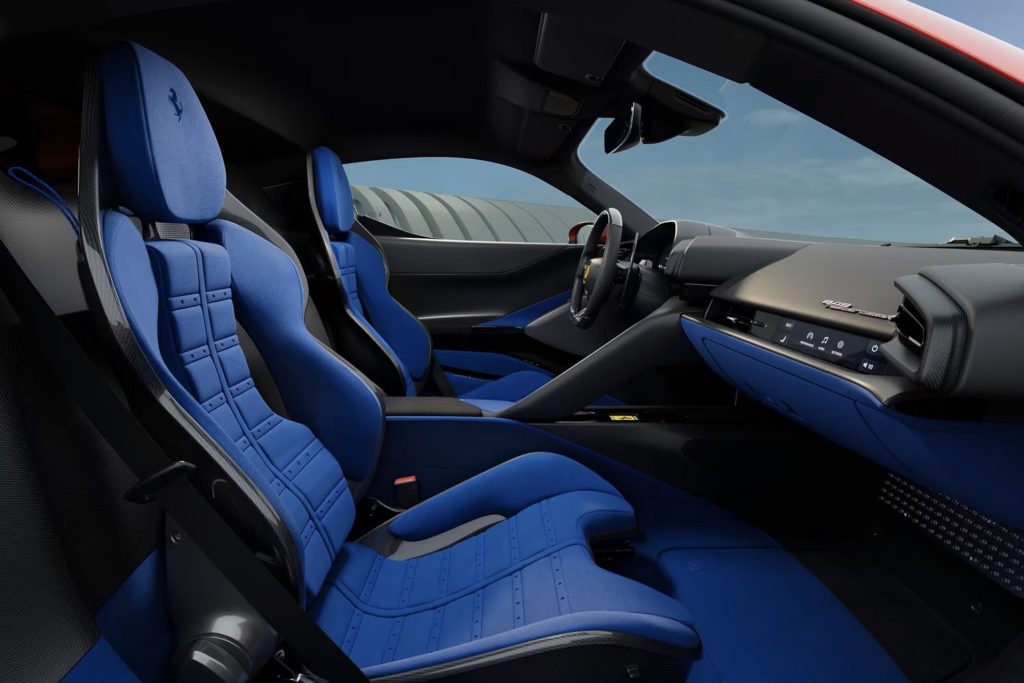
As to price, think a similar amount to the Lamborghini Revuelto. Which mean not much change from a million.
Read about the Ferrari’s rival here.
Rather than return with an XX version, Ferrari’s Assetto Fiorano package does a similar thing. It includes lightweight bucket seats that together save 18kg, and the carbonfibre wheels account for much of the remainder of the pack’s 30kg weight-saving.
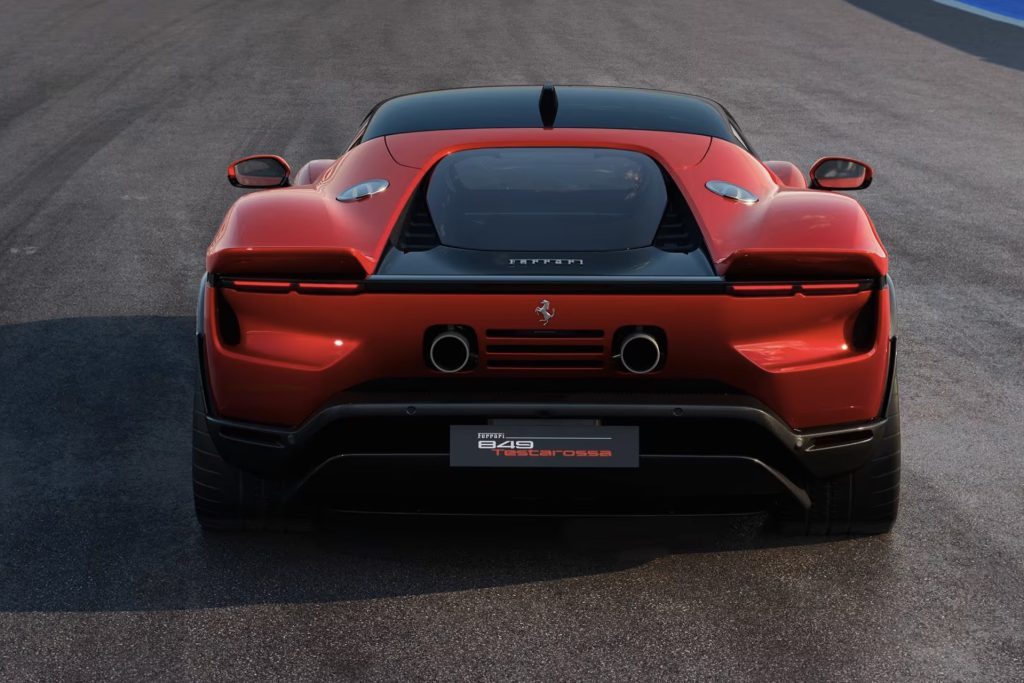
Single-rate Multimatic dampers replace the standard car’s semi-active Magneride dampers. They enhance wheel control and limit body roll, both helping to get the power down. Other changes include added aero and Michelin Pilot Sport Cup 2 tyres.


